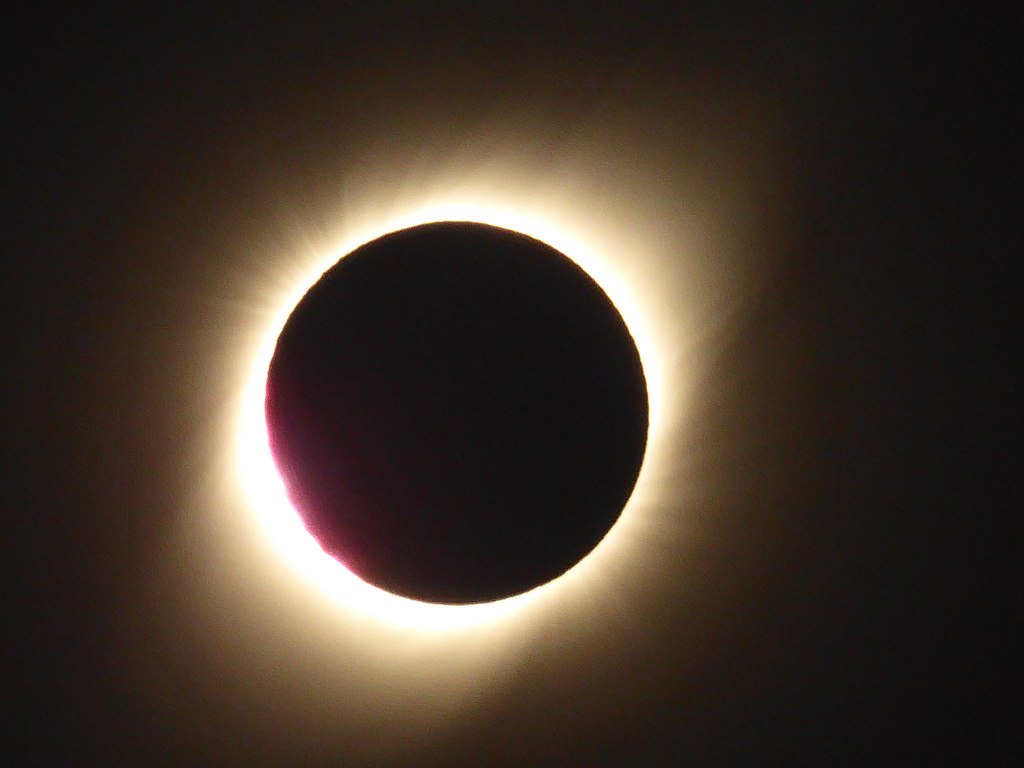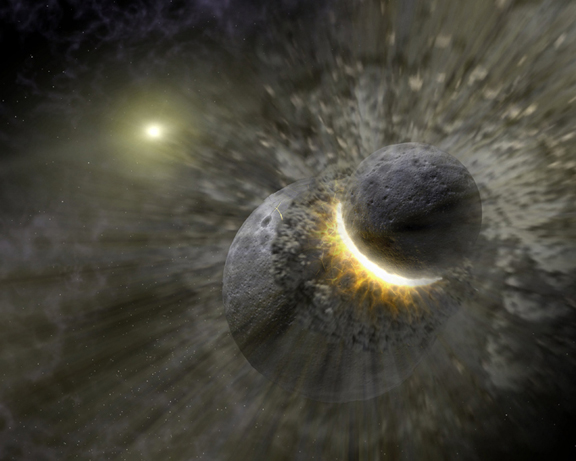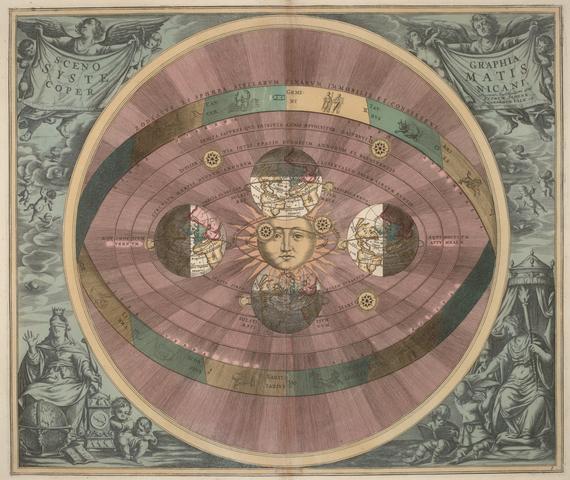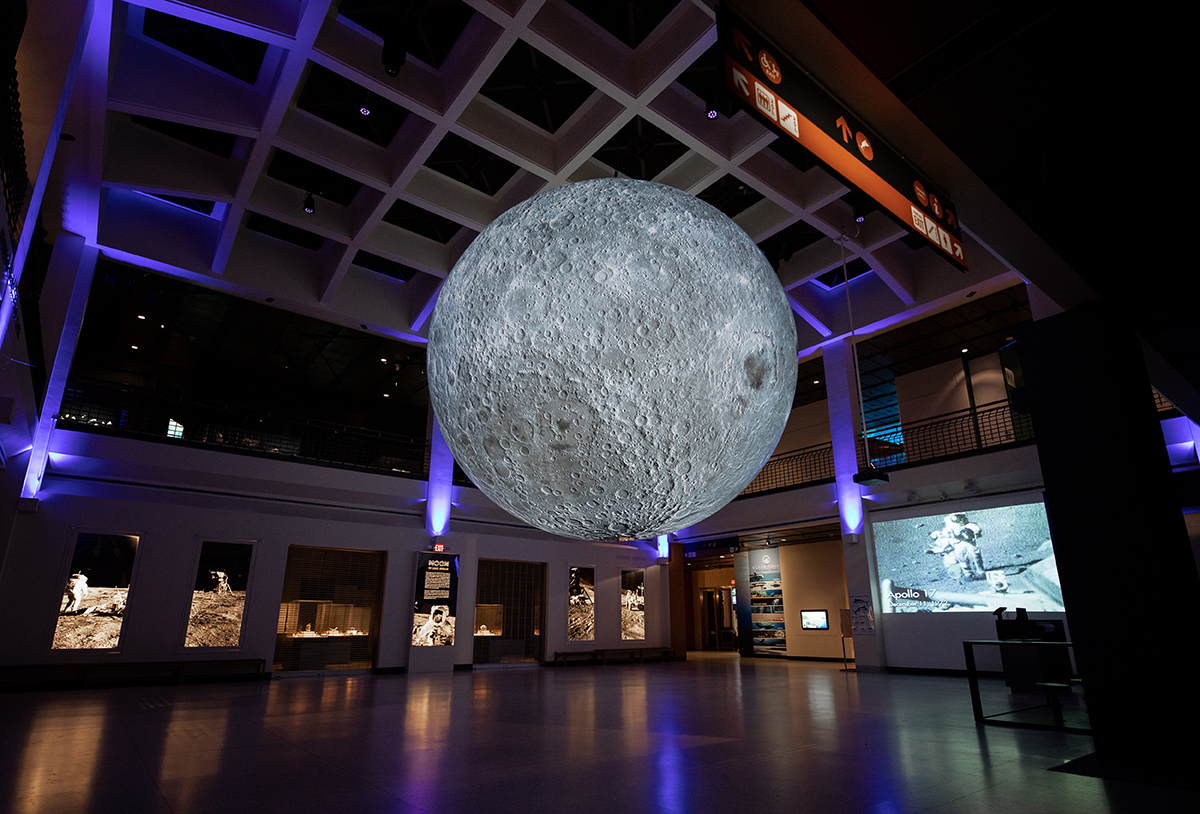HMNS’ Guide to the Night Sky in July, 2019

Jupiter remains in the evening sky, well placed for observing. Look low in the southwest at dusk for the brightest thing there. Saturn is at opposition on July 9. This means that Earth is aligned between Saturn and the Sun on that date, putting Saturn opposite the Sun in our sky. For much of July, Saturn is […]




